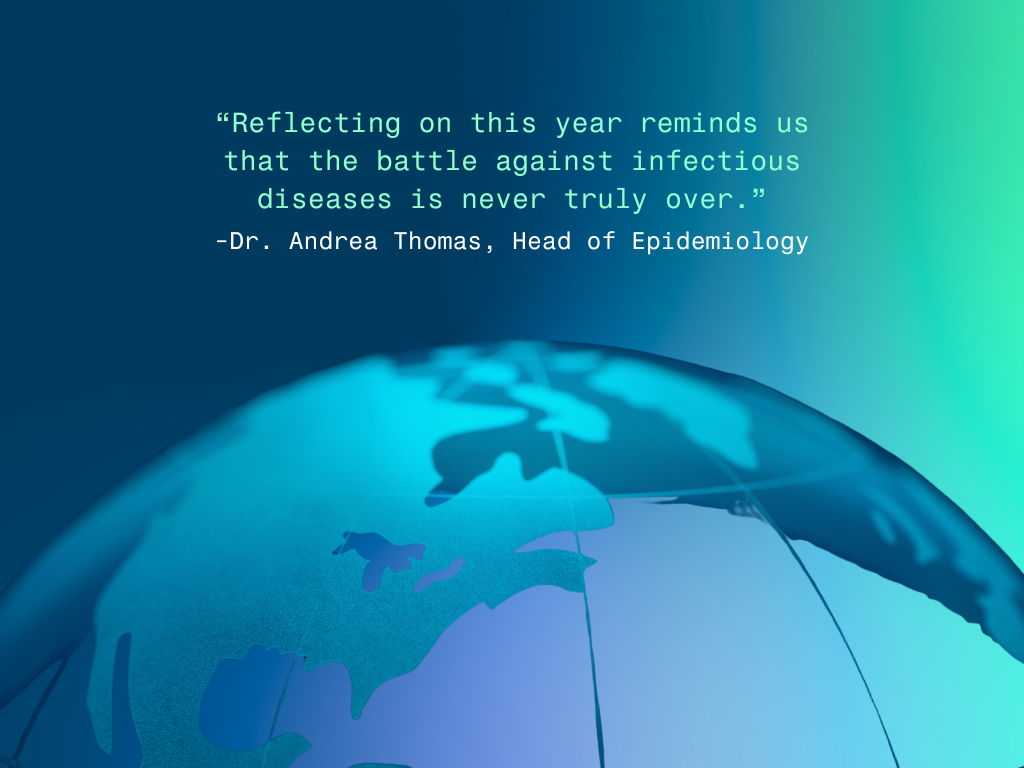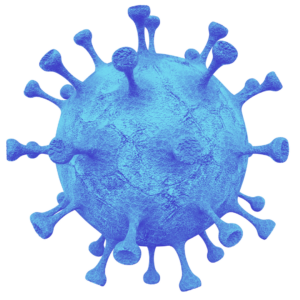Understanding the spread of COVID-19 in Sub-Saharan Africa — and Africa as a whole — has remained a challenge one year after the first case was reported in Nigeria on February 27, 2020. An overwhelming number of cases and deaths were expected as Africa accounts for at least 17.1% of the global population. Yet, the reported statistics indicate that Africa has accounted for only 3.5% of global COVID-19 cases and 4.1% of global COVID-19 deaths as of February 1, 2021. With the exception of South Africa, no country in Sub-Saharan Africa has reported more than one million cumulative COVID-19 cases as of February 25, 2021.
Our latest COVID-19 Focus Report looks at Sub-Saharan Africa (the 46 countries defined by the United Nations Development Programme), to provide a COVID-19 epidemiological update. We highlight scientific evidence suggesting that the true extent and severity of COVID-19 outbreak is likely greater than reported by official statistics. We also highlight the challenges that this region faces in addressing COVID-19. Lastly, we summarize the COVID-19 control measures generally used. The full report was recently shared with BlueDot clients. What follows are key highlights.
Executive Summary
- Vaccinations – Most countries have not begun COVID-19 vaccinations and are relying on receiving doses through the COVAX Programme. Ghana and Cote d’Ivoire became the first two countries in the region to receive doses of the AstraZeneca/Oxford University vaccine from the COVAX Programme as of February 26, 2021. Other countries in the region that have begun vaccinations or received vaccine doses include: South Africa, Seychelles, Mauritius, and Zimbabwe as of February 22, 2021. While COVAX aims to provide doses that will cover up to 20% of each country’s population by the end of 2021, currently anticipated number of vaccine doses from this programme will cover full vaccinations (i.e., 2 doses per person) for an average of 3.5% each country in Sub-Saharan Africa’s population in the first half of 2021. This coverage is likely insufficient to achieve adequate levels of immunity to control outbreaks and reduce mutation rates — and thus the prospect of further emergence of variants of concern.
- Variants of Concern (VoC) – As of February 22, 2021, 12 countries have detected at least one Variant of Concern (either the B.1.1.7 variant or B.1.351 variant). Gambia and South Africa have reported local transmission of both the B.1.1.7 and B.1351 variant. The P.1 variant (initially detected in Brazil) has not been reported. Low to no genomic surveillance capacity among many Sub-Saharan nations would indicate that the reported VoCs in the region are likely an under-representation of the true VoC prevalence, distribution, and potential impact.
- SARS-CoV-2 Testing – We confirmed that there is a strong, positive correlation between the cumulative tests conducted per 100,000 and cumulative COVID-19 cases per 100,000 reported, suggesting that the extent of the outbreak reported in each country is strongly related to each country’s surveillance capacity.
- Seroprevalence research – Studies conducted in several countries across Sub-Saharan Africa provide evidence for larger outbreaks than reported cases suggest. Studies of derived seroprevalence estimates (i.e., percentage of people who have been infected by SARS-CoV-2) ranged from 4.3% in Kenya, 3.79% in Mozambique, and 9%-23% in Nigeria. A post-mortem surveillance study (in which deceased individuals are tested for SARS-CoV-2) in Zambia found that 19% were positive for SARS-CoV-2. Although COVID-19 could not be determined as the cause of death, many of the study subjects had records of compatible symptoms.
- Public health and healthcare capacity challenges – The challenges that countries in Sub-Saharan Africa continue to face in addressing the COVID-19 outbreak include but are not limited to: a high burden of multiple diseases, susceptibility to outbreaks of infectious disease, the slower procurement of vaccines and potentially diminished efficacy against the emerging Variants of Concern, weak public health/healthcare systems, limited testing capacity, limited data reported in certain countries (e.g., Tanzania), and long travel times for large proportions of the population to access healthcare.
What does this mean?
- Although countries in Sub-Saharan Africa have generally reported fewer COVID-19 cases compared to the rest of the world, it is very likely that the extent of the COVID-19 outbreak in this region has been vastly under-estimated due to various challenges that have both emerged during the pandemic (e.g., limited testing and sub-optimal reporting of cases and deaths) and that existed prior to the pandemic (e.g., weaker public health/health care systems, susceptibility to infectious disease outbreaks).
- Countries in Sub-Saharan Africa deserve greater attention and support to address their COVID-19 outbreaks given the detection of Variants of Concern in multiple countries amidst the currently limited genomic surveillance capacity and access to vaccines. Unless more support is provided, this region is at risk of further widening of the gap in health and economic disparity in comparison with more developed countries around the world, and at risk of setbacks to recent progress made in the region. Further widespread transmission of SARS-CoV-2 in Sub-Saharan Africa is not only of concern to this region but also in global efforts to bring the pandemic under control.
BlueDot’s best-in-class epidemic intelligence — which includes regular reports like the one excerpted here — has helped businesses and governments around the world throughout the COVID-19 pandemic.









